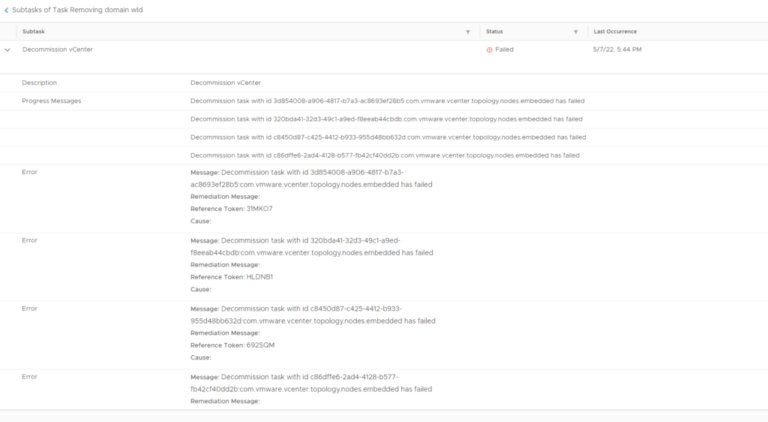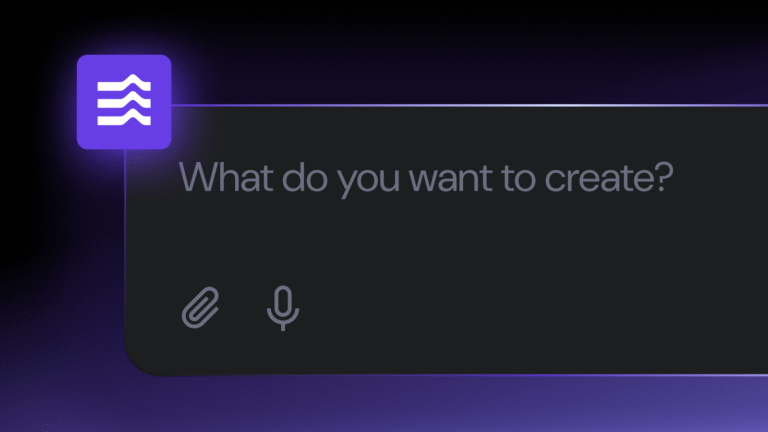
When your audience is the person or people you are writing to, you need to leverage your understanding of their knowledge, skill set, and project engagement. You want your text to meet them where they are.
In my career I’ve written a wide variety of documents as part of my work. A partial list (because I doubt I can think of everything to create a complete list) includes:
A Scope of Work (SOW) is a lasting artifact during a projects that sets the bounds of the work you’re going to complete. A sloppy SOW can cost you, or your employer, vast sums of money. A SOW writing purely to defended against those concerns may not express the client’s needs and interests, and result in them refusing to sign.
Common Work Documents
When you start to wring something, know your purpose in writing.
For example, this is a blog post, about writing, meant for people who are developers or technology consultants who may have been told good writing isn’t important.
- Emails
- to my boss
- to colleagues or friends
- to direct reports
- to clients
- to large mailing lists
- Solution Design Documents
- Scopes of Work
- Contracts
- Invoices
- Test Scripts
- Conference Talks
- Research Reports
- Chat Messages
Sometimes the audience you care about most, isn’t the direct subject of the message, but a 3rd party we know, or suspect, will read the document later. I find this is true particularly in contentious situations.
A Document’s Purpose
Some require more detail and longer prose than others. Some are expected to be polished where others can tolerate typos and mistakes. But each has its own style, structure, audience, and expectations that the writer must meet.
Anytime you write something, you should be aware of what kind of document you’re writing and who is it for. The definition of “document” in this context is very broad it could be: an email, letter, solution design, chat messages, blog post, test script, work of fiction, book, poem, presentation, marketing slide deck, scope of work, and so on: anything that involves writing words.
Too often we confuse that specialized knowledge of our field, with intelligence. I have watched developers lose their audience in the nuances of small details, and come away announcing their audience was a bunch of idiots. Early in my career I was guilty of this as well. Assume you’re audience is as smart as you; they just know different stuff.
I’m going to put aside poems, novels, and other personal writing forms to focus here on work related writing. Developers need to be able to describe their work to other people. We also need to communicate about what is happening on a project, support one another, and ask for help. We do all these things with words, and often in writing.
When you make that assumption you can avoid talking down to people, and start to work on finding their level.
A Document’s Audience
If you don’t know why you’re writing something, you are likely to write the wrong thing. At work, if you aren’t sure, ask for guidance.
As I said in my first post on this topic, communications skills for developers and consultants is an enormous topic. The plan for this series is evolving as I go. If you have suggestions or requests feel free to leave me a message.
Hopefully by now it’s clear, this is an overview of approach, not detailed guidance. In a future post I plan to write about some of these specific documents types, and how to write them. Hopefully this overview gives you ideas and things to think about as you work on your next document.
The more you can be in conversation with the people you’re working with about their background, the easier it will be to find the right level of detail to explain yourself clearly.
FOIA Warning
We all know that it’s important to think about your audience, but we don’t always do this well. In part because determining the audience is sometimes a little complicated.
The right level of technical detail will also vary by document type. When I’m exchanging emails with a client’s in-house developer we go deep into the weeds often. When I’m writing a SOW, the technical detail is nearly absent as we are defining functionality and purpose, not the exacting detail of how that functionality will be delivered.
Finding the Right Level of Technical Detail
One of the hardest things for developers, and other people with lots of technical knowledge, to do well is communicate clearly about technical minutia. There is a balance to be struck between providing transparency and overwhelming readers with details. Developers have to think about details in our work. We also use field specific jargon that can be confusing to people whose work is in other areas.
An email to a client might be a friendly reminder about pending deadlines, or a carefully crafted notes from a contentious meeting. Written well, both could leave you in a better place with your client. Written poor, both may cause your client to become frustrated with your sloppiness.
But FOIA can also be a blessing for a developer who knows a bad decision is being made. Carefully worded expressions of concern, and requests for written confirmation of next steps, can trigger FIOA-cautious readers to recognize they need to follow your advice.
If you work in, for, or with government agencies in the US (and for similar reasons elsewhere as well) – including as a subcontractor – you should understand if your content is subject to a Freedom of Information Act requests. Sometimes your audience isn’t the person you are writing to at all, but the reporter who could read the message 2 years from now after they get copies of everything related to your project. In those settings, don’t put anything in writing you don’t want on the front page of a major newspaper.
Not all documents are created equal and so understanding your purpose is critical. Are you writing an Solution Design that needs to outline how you plan to solve all the hard problems in a project? Or are your writing an email to your boss asking for a few days off? Is this a research report meant to support an advocacy project or a cover letter for a resume? All of those are important things, but none should be written in the same tone or with the same style.
Summation
There is no such thing as a “general audience” you should always have a mental image of who you are writing to, and why.
When I started this series on writing for developers and consultants, I thought of this piece first, but I couldn’t get the ideas to come together. Sometimes it takes a few tries.




